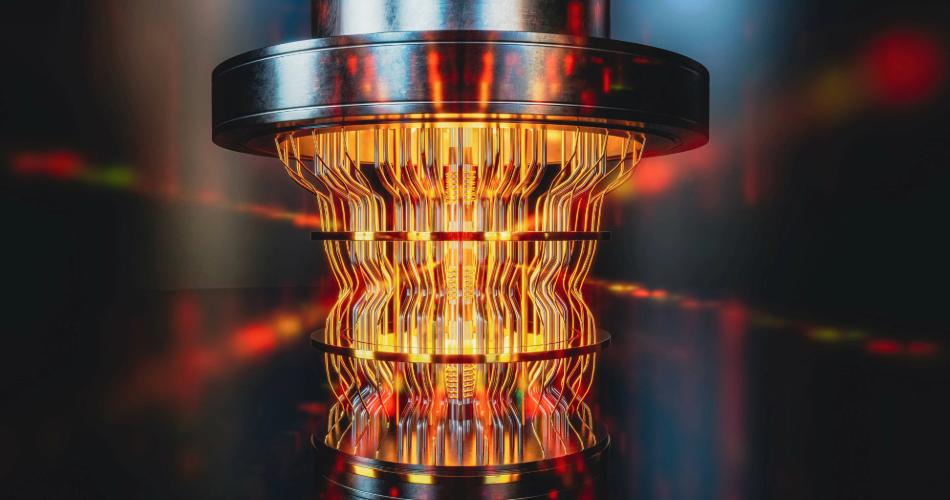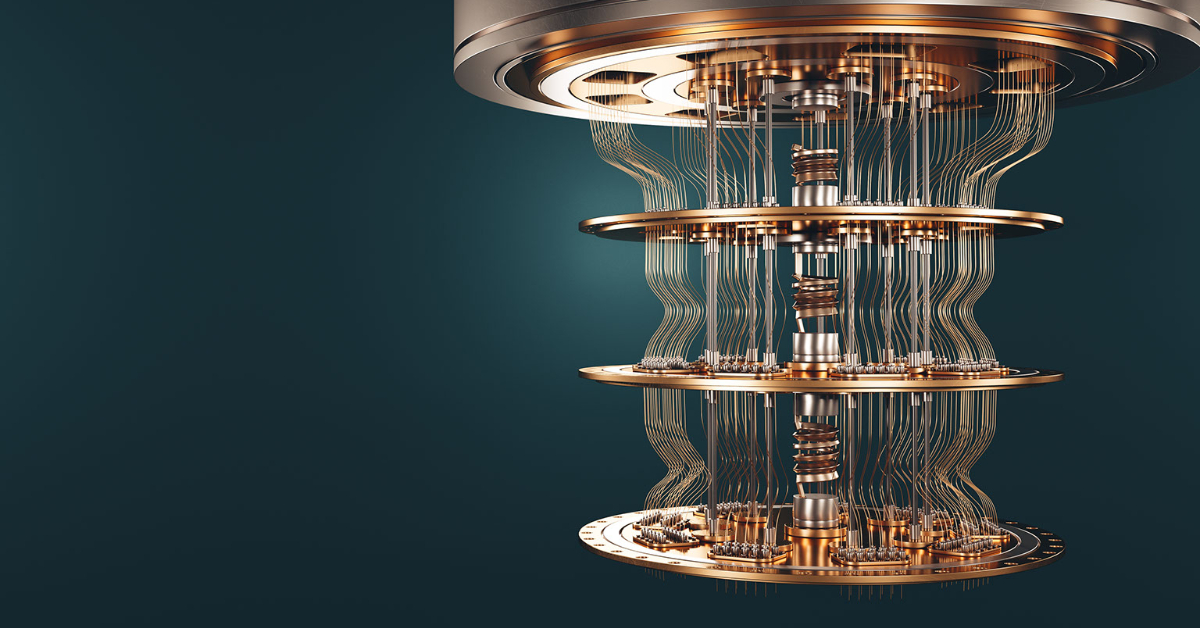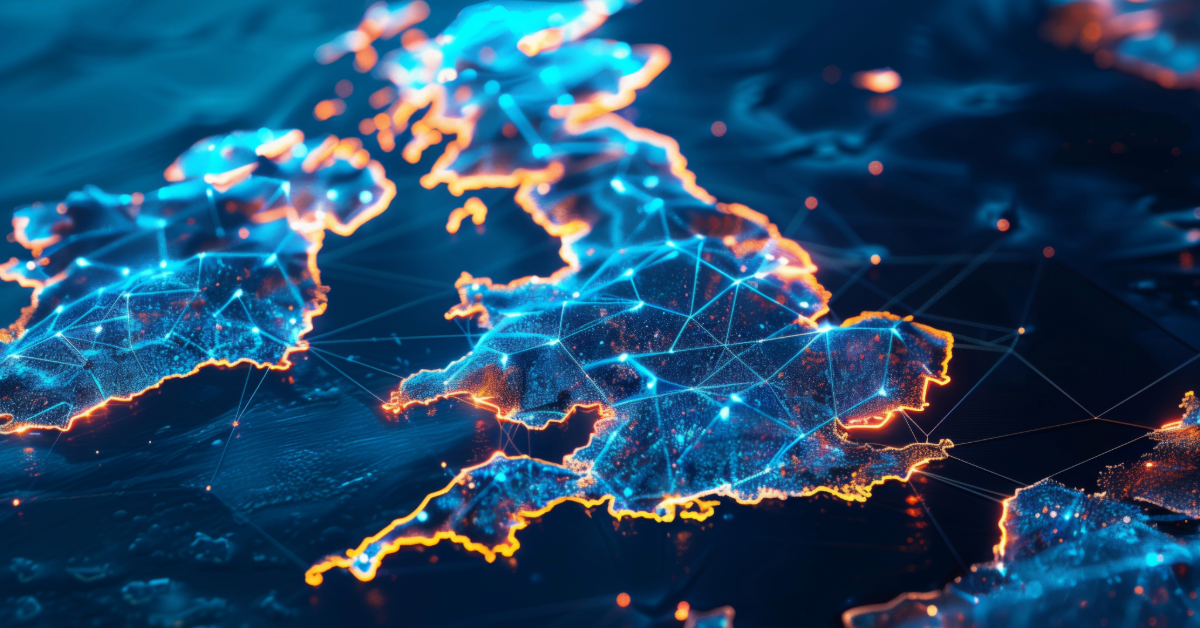Quantum computers are no longer confined to theoretical musings, they are now a reality. By harnessing uniquely quantum properties such as ‘superposition’ and ‘entanglement’ of quantum states to perform computations, scientists and engineers have developed prototype processor devices able to perform quantum computations. While classical computer processors perform computations on bits based on a network of classical logic gates, NAND gates in particular, quantum processors describe the computation in terms of a network of quantum logic gates that are able to form a superposition of quantum bits (‘qubits’) and entangle them in ways impossible with classical bits.
Each qubit is embodied in the form of a selected quantum state of matter (‘physical qubit’). In principle, a physical qubit could take the form of any two-level quantum system. However, not all physical qubits are made equal. Leading candidates for physical qubits are those that lend themselves to highly accurate manufacturing producibility at scale and yet have the ability to be isolated and controlled precisely.
Commercial activity has focussed on: atomic qubits; trapped ion qubits; photon qubits; superconducting circuit qubits; semiconductor-based qubits. Each has its merits, and its drawbacks. Atoms, ions and photons are, of course, perfectly reproducible in being particles ‘manufactured’ by nature in identical form, but can prove difficult to isolate (e.g., ions are charged) or difficult to control (e.g., photons never stand still) at scale. Superconducting circuits and semiconductor-based qubits may be have the potential for manufacturing at scale, but are more susceptible to manufacturing errors and isolation difficulties.
Prototype quantum processors based on each of these physical qubit types are making significant progress. A blended approach to qubit implementation in a quantum computer, in which different physical qubit types are employed for different functions could be the direction of future development: e.g. one physical qubit type for the core processor, and another physical qubit type for the RAM quantum memory.
Error correction: fragility of qubits and safety in numbers
While still at the prototype stage, quantum processor units have grown ten-fold in size in as many years to close to 100 qubits at the start of the decade. The generally accepted goal is to achieve a quantum processor with around one million physical qubits in order to have sufficient qubit resource to manage the extreme fragility of the quantum states of matter that hold the qubits. Quantum fragility rapidly leads to large faults in calculations if not correctly managed. It is essential to maintain fragile quantum states for long enough, and reliably enough, to perform and complete complex calculations. Current approaches to solving this problem envisage combining and controlling large groups of physical qubits to work collectively and supportively as one ‘effective’ qubit, known as a ‘logical qubit’, that is far more robust and less fragile than one single physical qubit could be. Each logical qubit will then perform reliably and repeatably to implement the quantum logic operation it was designed to perform: it is said to be ‘fault tolerant’.
The holy grail of quantum computing is to achieve a quantum processor possessing around 100 fault-tolerant qubits. Current estimates suggest that one fault-tolerant logical qubit may require 10,000 physical qubits to generate it, thereby requiring one million physical qubits in all to reach this target. By using the quantum properties of superposition and entanglement, a quantum processor of this size should be able to access up to 2100 ~1030 quantum states. By comparison, a classical computer able to store 1030 bits would be impossible to manufacture – there appears to be insufficient matter in the universe to build it!
Fault tolerant quantum processors could support the most powerful quantum algorithms, targeting solutions to currently intractable problems in fields as diverse as chemistry, medicine and artificial intelligence. The challenge at present lies in devising error correction algorithms for achieving the best logical qubits. The precise nature of the combination and control of physical qubits depends sensitively on the nature of the physical qubits themselves within a quantum processor core.
Error correction algorithms designed to squeeze the most performance out of a precious and limited qubit resource, seem likely to be a driving force in future innovation and commercialisation.

















